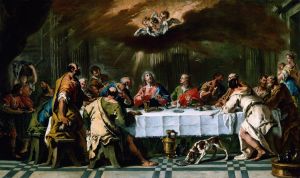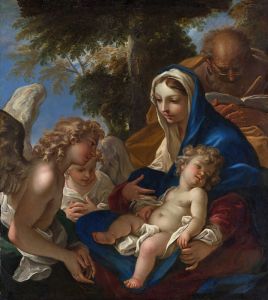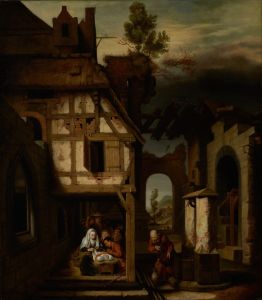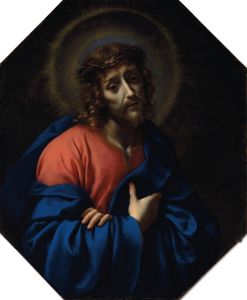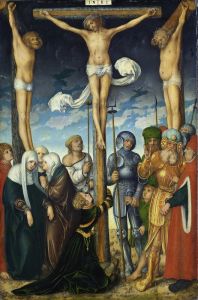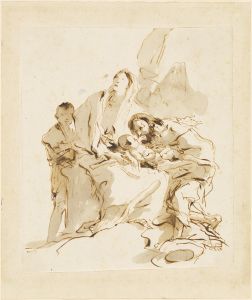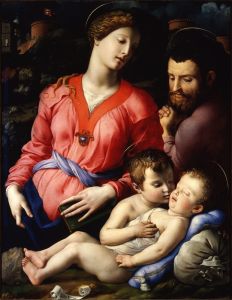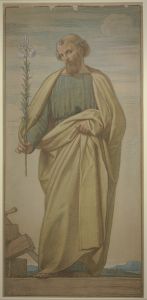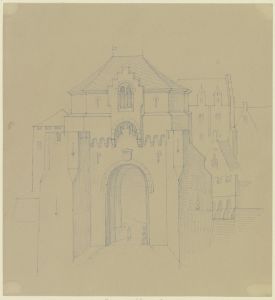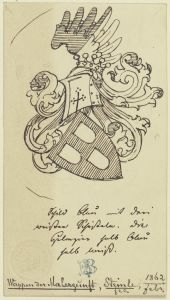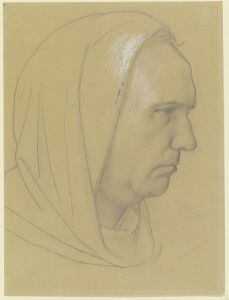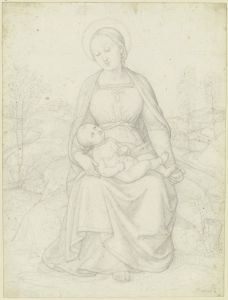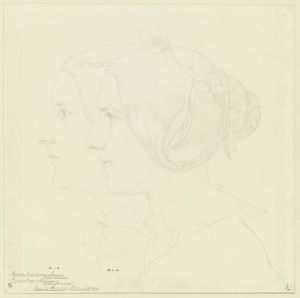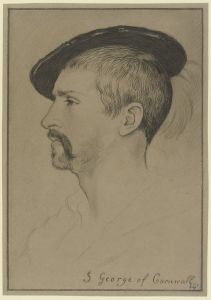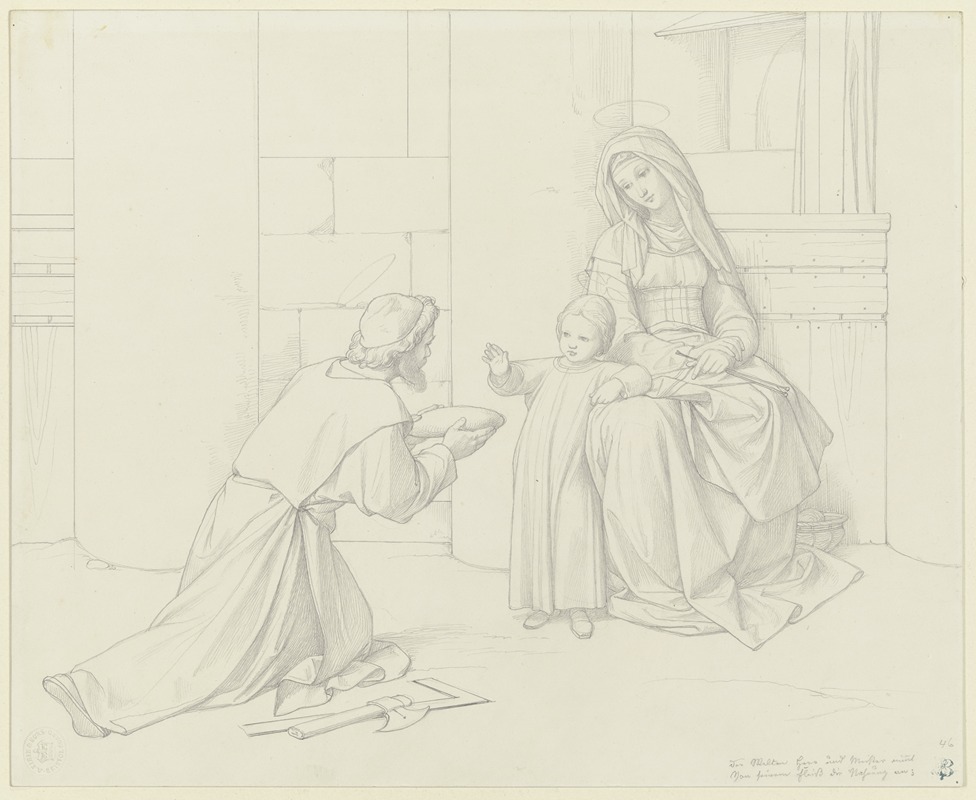
Der Heilige Jospeh bringt Maria und dem Jesuskind das Brot
A hand-painted replica of Eduard von Steinle’s masterpiece Der Heilige Jospeh bringt Maria und dem Jesuskind das Brot, meticulously crafted by professional artists to capture the true essence of the original. Each piece is created with museum-quality canvas and rare mineral pigments, carefully painted by experienced artists with delicate brushstrokes and rich, layered colors to perfectly recreate the texture of the original artwork. Unlike machine-printed reproductions, this hand-painted version brings the painting to life, infused with the artist’s emotions and skill in every stroke. Whether for personal collection or home decoration, it instantly elevates the artistic atmosphere of any space.
Eduard von Steinle was a prominent 19th-century German painter known for his contributions to the Nazarene movement, which sought to revive honesty and spirituality in Christian art. One of his notable works is "Der Heilige Joseph bringt Maria und dem Jesuskind das Brot" (Saint Joseph Brings Bread to Mary and the Christ Child). This painting exemplifies Steinle's commitment to religious themes and his ability to convey deep spiritual narratives through art.
The painting depicts a tender domestic scene featuring the Holy Family. Saint Joseph, the earthly father of Jesus, is shown bringing bread to Mary and the infant Jesus. This act of providing sustenance is rich in symbolism, representing Joseph's role as the protector and provider for the Holy Family. The bread itself is a significant Christian symbol, often associated with the body of Christ and the Eucharist, thus adding a layer of theological meaning to the scene.
Steinle's style is characterized by its clarity, attention to detail, and the use of soft, harmonious colors. These elements are evident in "Der Heilige Joseph bringt Maria und dem Jesuskind das Brot," where the figures are rendered with gentle expressions and a serene atmosphere pervades the composition. The artist's use of light enhances the spiritual quality of the painting, with a subtle glow that seems to emanate from the Christ Child, highlighting his divine nature.
The Nazarene movement, of which Steinle was a part, was founded in the early 19th century by a group of young German artists who sought to return to the purity and spirituality of medieval and early Renaissance art. They rejected the academic art of their time, which they viewed as overly secular and lacking in genuine religious feeling. Instead, they embraced a style that emphasized simplicity, sincerity, and a direct connection to religious themes. Steinle's work is a testament to these ideals, as he consistently focused on Christian subjects and sought to inspire devotion through his art.
"Der Heilige Joseph bringt Maria und dem Jesuskind das Brot" is a reflection of Steinle's deep religious conviction and his mastery of narrative painting. The composition is carefully balanced, with the figures arranged in a way that draws the viewer's eye towards the central action of Joseph presenting the bread. The intimate setting and the tender interaction between the figures invite contemplation and reflection on the virtues of humility, care, and divine providence.
Eduard von Steinle's contributions to religious art were significant during his lifetime, and his works continue to be appreciated for their spiritual depth and artistic quality. His paintings, including "Der Heilige Joseph bringt Maria und dem Jesuskind das Brot," are housed in various collections and continue to be studied for their historical and religious significance. Steinle's legacy as a key figure in the Nazarene movement and his dedication to depicting Christian themes with sincerity and devotion remain influential in the study of 19th-century religious art.





